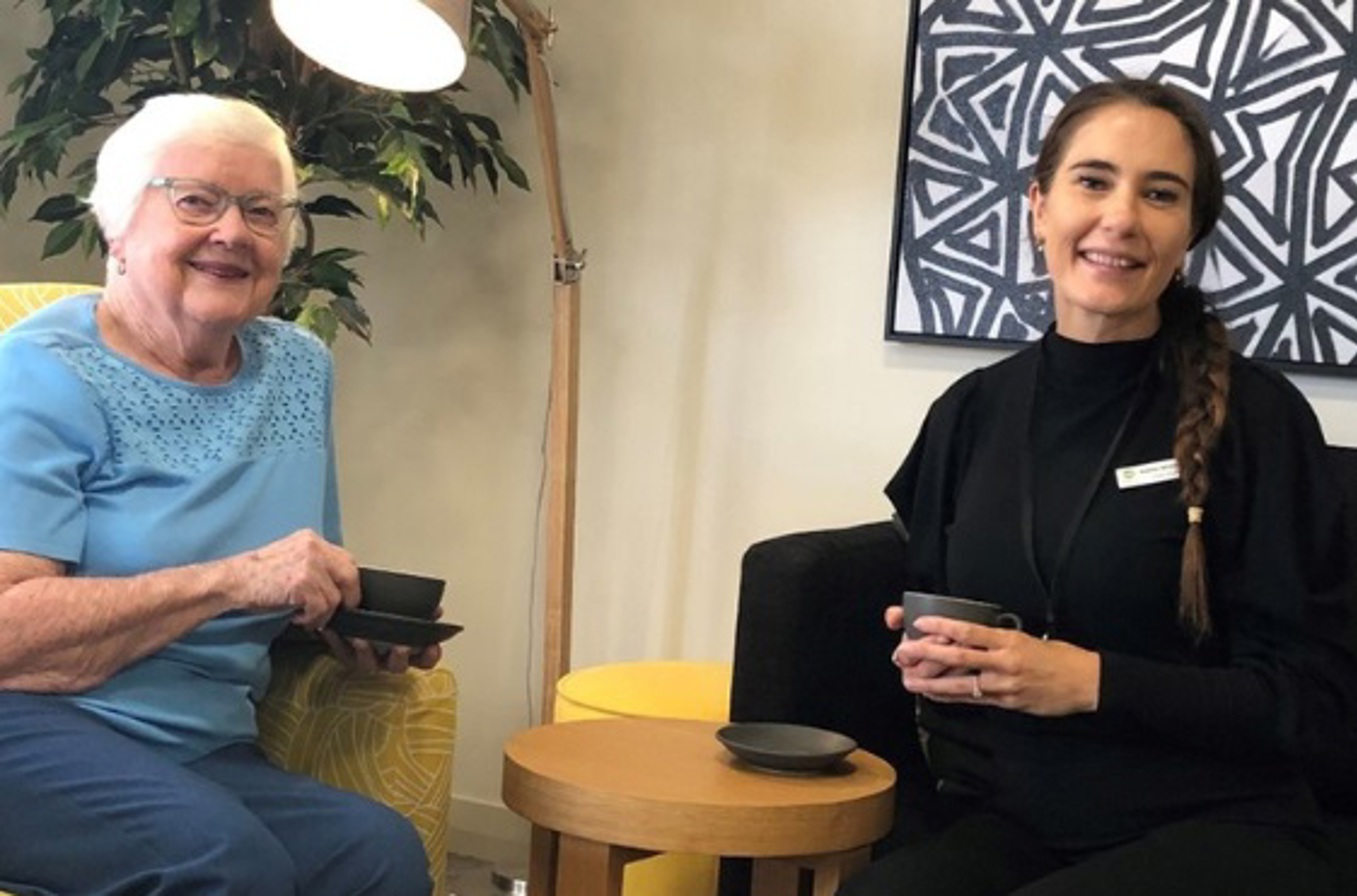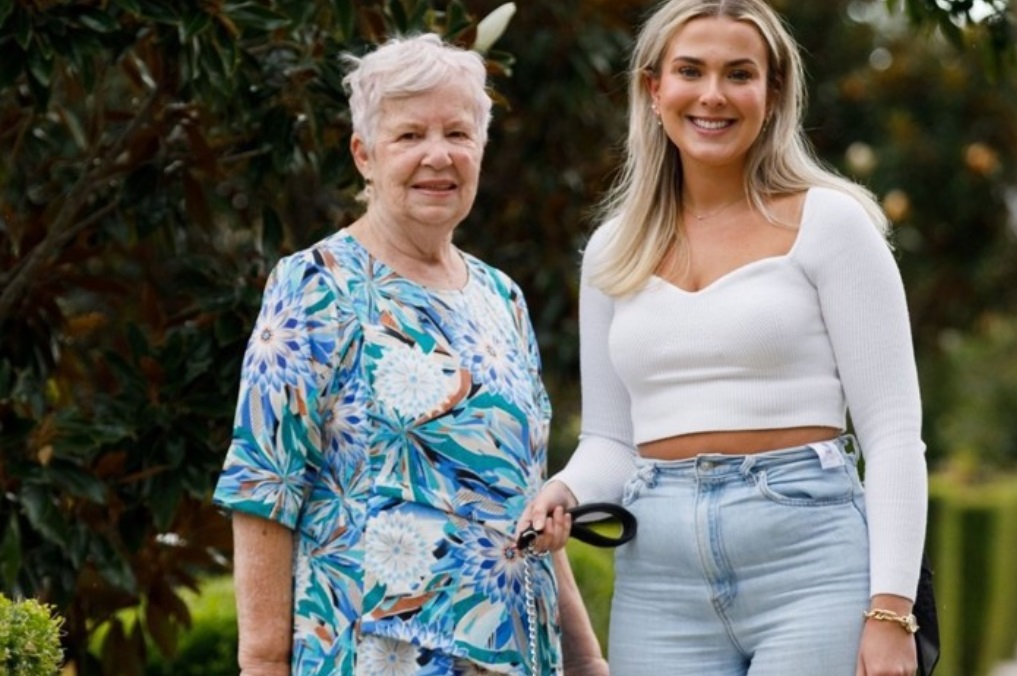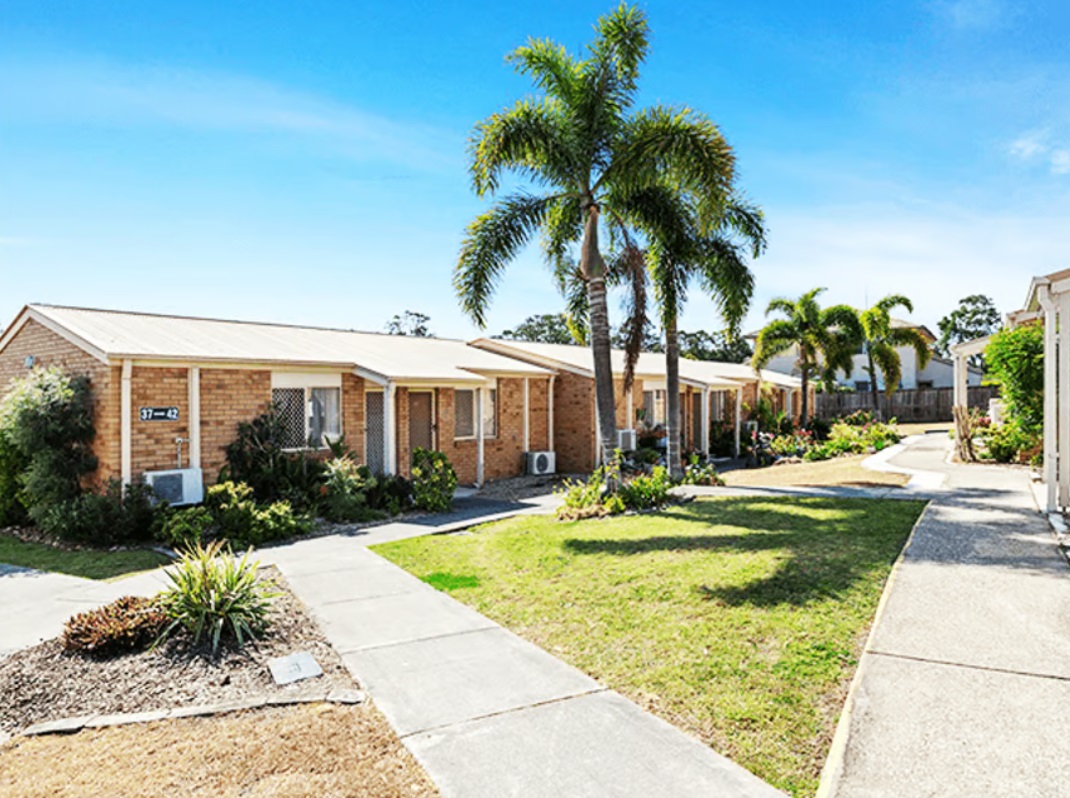Overview of Step 1 'Get Informed'
Step 1.1 How to face up Begin 1.1
Step 1.2 Gain legal permission to act for someone else Begin 1.2
Step 1.3 Type of substitute decision makers Begin 1.3
Step 1.4 How to get a My Aged Care client record Begin 1.4
1.1 How do you get through the aged care system?
Welcome to the beginning of your 9-step journey to find an aged care home (nursing home) in Australia.
Give yourself some time because it can take several weeks to get everything done.
Handy Hint - Did you know that if you can click the CC at the bottom righthand side while the video is playing, captions will appear. To get rid of them, click CC again.
View transcript of video hereThe federal government has a huge role in aged care. They fund aged care homes and they make sure the homes are up to standard. Importantly for you, the government also subsidises some of your costs – so they need to know what care you need and how much you can afford to pay.
You need to register yourself with the government department, which you can do through My Aged Care by dialing 1800 200 422.
They will give you a client number and once you have this then you are on the way.
If the person you are helping are not capable of making vital decisions, it will be up to other family (or friends or guardians) to get the legal power. We will deal in detail with these big questions in the next steps.
Before that, here are some key facts which might help.
- Aged care homes (nursing homes) are places where you can live and get the level of care and assistance that you can’t really get while living at home. This includes 24-hour nursing care from qualified staff, managing your medicines, continence care and treatment and care of wounds, etc.
- Aged care homes aren’t only for permanent residents.
Plus:
- Aged care homes also provide temporary accommodation so that carers can have a break (up to 63 days a year). This can be extended in lots of 21 days if further assessment finds it necessary. Respite can also be a halfway point if you have been in hospital but you aren’t quite up to going back home (up to 84 days a year).
1.2 What are aged care home providers?
Aged care homes (nursing homes) are run by a variety of organisations and companies that are referred to as aged care providers. They can include:
- Faith based/religious organisations
- Community organisations
- Charities
- Publicly listed companies
- Health insurers
Plus:
- State governments (in regional and remote areas where aged care homes are often integrated with the local hospital and other health-related services)
Commonwealth Government funding is available for aged care providers, as long as they meet the funding and accreditation criteria and act within other Australian laws.

Approximately 60% of people entering aged care homes receive the full aged care pension and pay 85% of their pension towards their aged care cost. those not on the full aged care pension will need to pay top up fees.
Jill Donaldson
agedcare101 Physiotherapist
1.3 What is the government's role in aged care?
Government's role in aged care
The Commonwealth government is responsible for the aged care system in Australia. Aged care falls under the Department of Health and Aged Care. The majority of aged care homes receive Federal government funding via subsidies.
The Aged Care Quality and Safety Commission
Before they can receive Commonwealth funding, all aged care homes in Australia have to be accredited and approved by the Australian Government. The government organisation responsible for managing both the accreditation process and the quality systems for government subsidised aged care homes is the Aged Care Quality and Safety Commission.
Aged care homes must comply with all 42 requirements of the eight quality standards at all times.
The Aged Care Quality and Safety Commission publishes a report of every accreditation audit. This report also includes any notices of non-compliance or sanctions on its website.
Monitoring the quality of aged care homes
To be accredited and to receive government funding, aged care homes MUST all go through the same process of accreditation on a regular and ongoing basis.
The length of time awarded to a home for its accreditation status is a reflection of the findings in the assessment process. Aged care homes with 3-year accreditation have met the standards effectively. Homes with 1-year or 2-year accreditation have met the standards but generally still need to make some changes or improvements.
There are two ways of finding out if a home is fully accredited or has a problem with accreditation, including the nature of the problem.
1. The Aged Care Quality and Safety Commission publishes the full report of every aged care home’s accreditation audit on its website. If a home has been issued with a ‘notice of non-compliance’ that will be clearly stated of the front page of the report, including the reasons why. The report will also note if the Quality Commission has issued any regulatory notices such as Notice to Remedy or Notice to Impose Sanctions.
To read the current accreditation audit report of any Commonwealth subsidised aged care home, you can use the Quality Commission’s search function or the Quality Commission’s Non-Compliance Log.
2. The My Aged Care website also identifies aged care homes that have received regulatory notices in its Aged Care Home Finder. When you click onto a home in the finder, the basic information provided includes a statement which will say if there are any regulatory notices for the home. My Aged Care will also show each home's Star Rating which includes a Compliance Star Rating out of 5 stars. Compliance Rating should mean the home has no formal regulatory notices in the last three years.

Aged care audits are incredibly thorough down to interviewing not only the residents by the resident's family. Most take several days with two inspectors on site.
Jill Donaldson
agedcare101 Physiotherapist
1.4 What are aged care peak bodies?
Aged Care Peak Bodies
The peak body representing aged care providers is Aged & Community Care Providers Association (ACCPA). ACCPA advocates on behalf of its aged care provider membership in public and political arenas, developing aged care policy, as well as providing leadership, professional support, staff training and other member services.

You should ask if your care provider is a member of ACCPA. It reflects their commitment to ongoing training, the latest systems and procedures and accountability.
Chris Baynes
agedcare101 Commentator




















